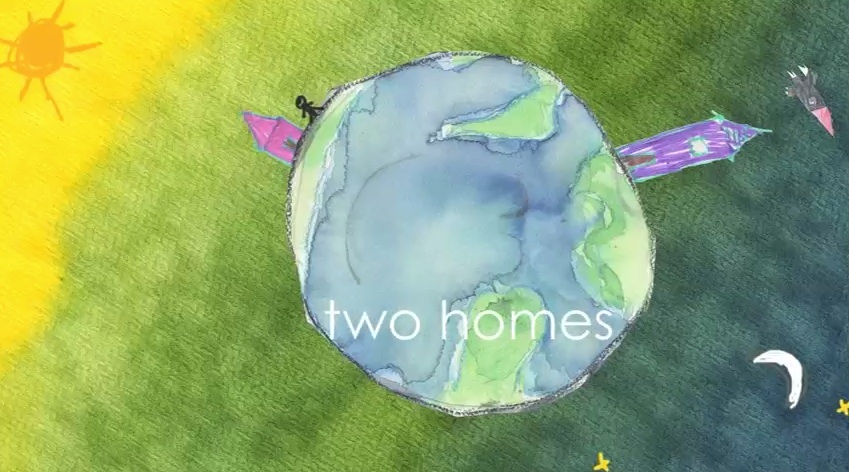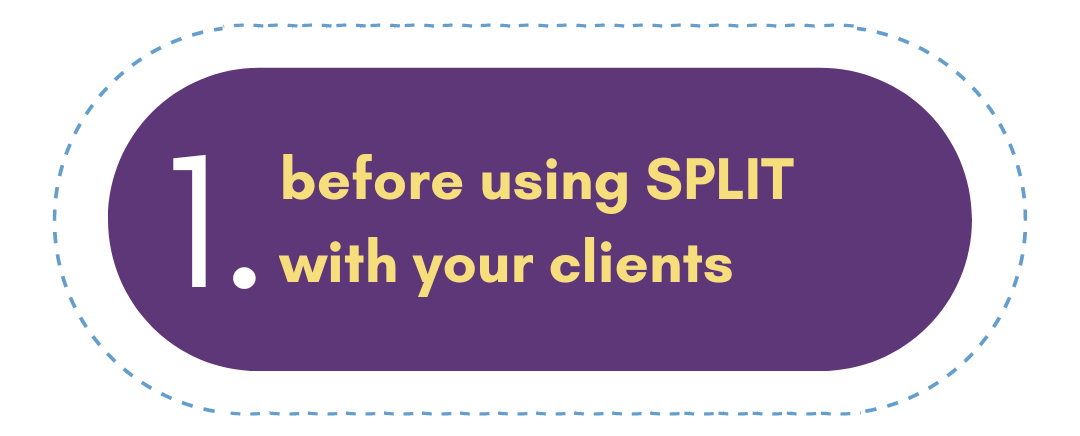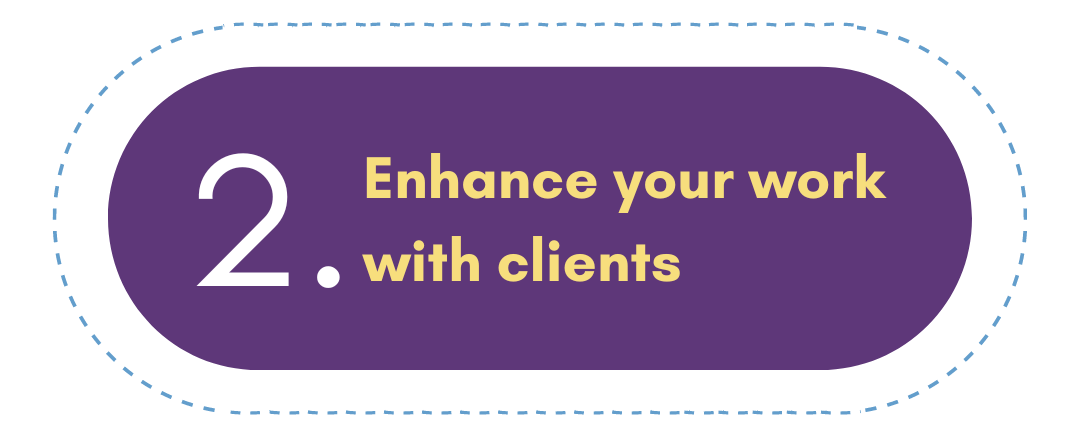TIPS FOR PROFESSIONALS
Many professionals working with separated and divorced parents have found SPLIT to be an extremely helpful tool in their practice and in their work.
Before using Split with your clients
Assess the dynamics
Before choosing to show Split: the early years or Split the Teen years, or any other program to your clients, it's important to assess the emotional dynamics of each parent and where they are in the process.
A parent who is struggling to accept the divorce/separation may not be emotionally ready to watch this film. Other co-parents may try to use the film to make the other parent feel remorse and change their mind.

Also, for situations that involve unhealthy dynamics (i.e., emotional or physical abuse, addiction, or drug abuse), watching this film may cause an adverse effect.
A parent who has been victimized may struggle with feelings of guilt after watching the film and reconsider leaving a toxic or failed relationship.
Hearing the Split kids talk about divorce may increase those feelings of guilt and cause them to second guess or question their decision to divorce, thinking the needs of their children are more important than their own well-being. They might also discount the unhealthy nature of the marriage or abuse and underestimate the impact it's having on the kids.

Make sure parents preview
Not every resource is a fit for every family. Stress to co-parents they should preview the film first before showing it to their children.
Co-parents should be told to watch Split on their own at a time when the children are not around for two reasons.
First, if a parent has a strong emotional reaction to the film in front of the children, kids will naturally want to take care of that parent. Children may also find a parent's upset or reaction overwhelming, confusing, or scary.
The second reason is previewing the film provides parents with time to prepare and create the best possible viewing experience for their children. If they feel the film would be helpful, parents should think about issues like:
- When they might show the film to children.
- How they can create the best environment for viewing.
- If and when they want to share the film with their co-parent.
- And how to use it as a resource for having helpful and healing conversations with their kids.
Just like with parents, children who are struggling to accept divorce may be too emotionally vulnerable to watch this film.
If parents need some guidance on how to process the film with their children, suggest they check out the Split film guide, which offers helpful tips and scripted prompts for talking to kids.
Be intentional
Before sharing either Spilt film with a client, have a goal or end result in mind. Ask yourself, What is the purpose of sharing this film? What do I hope to achieve?
You may want to use it to shift perspectives, help parents get more focused on their children, try to get movement on an impasse or polarized views, or set the tone for a meeting or negotiation.

Reinforce the purpose of the film
The goal of both Split films is to give voice to children’s experiences when parents part. It also empowers KIDS to talk about their feelings and lets them know they are not alone.
Additionally, it's a unique tool that helps families find ways to talk about divorce openly and honestly, something many children don’t get when parents split up.

There are lots of ways you can make a difference.
- Help us spread the word
- Invite us to be your guest
- Host a screening
- Schedule a training
- Connect us with others who want to help kids of divorce
- Make a donation





